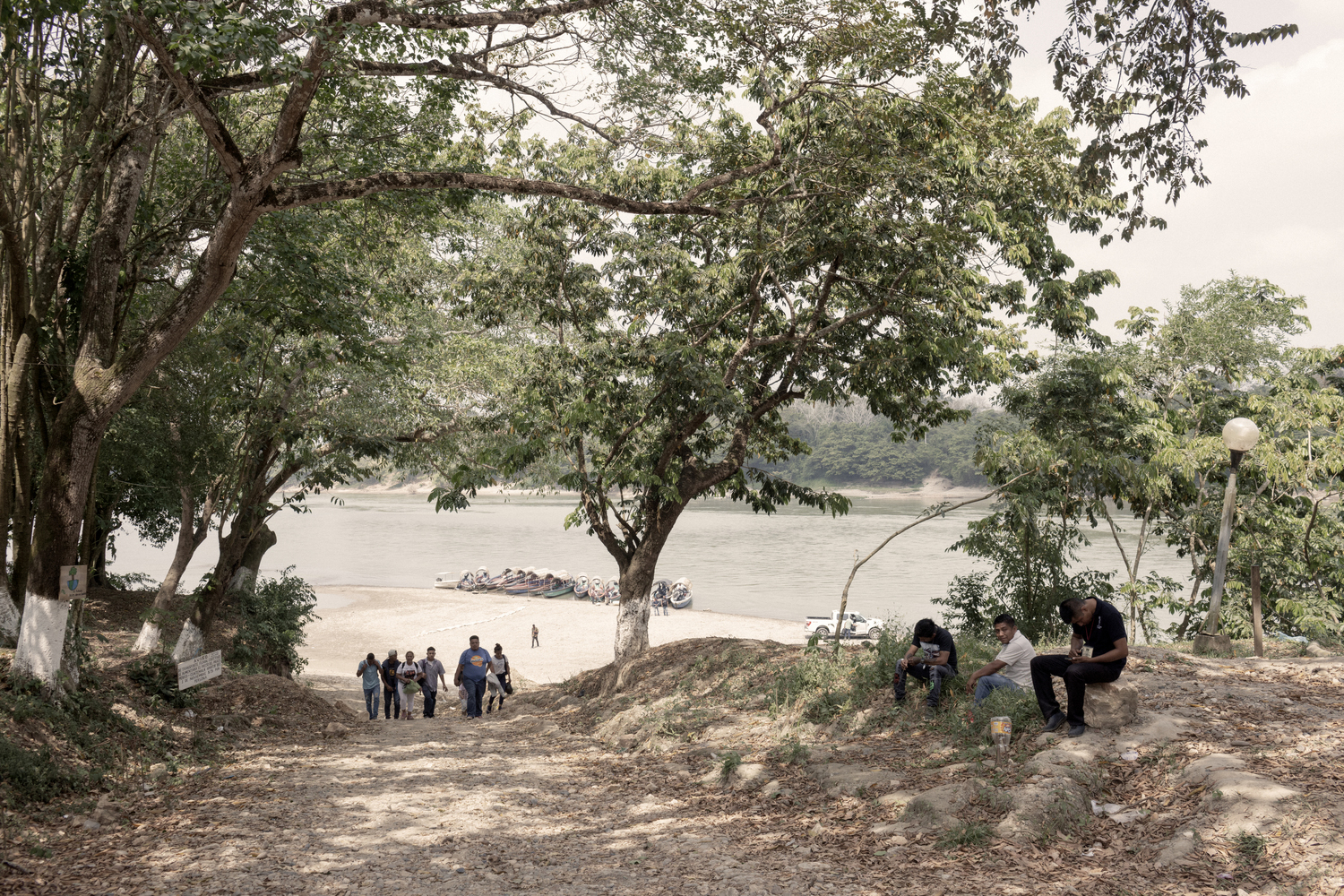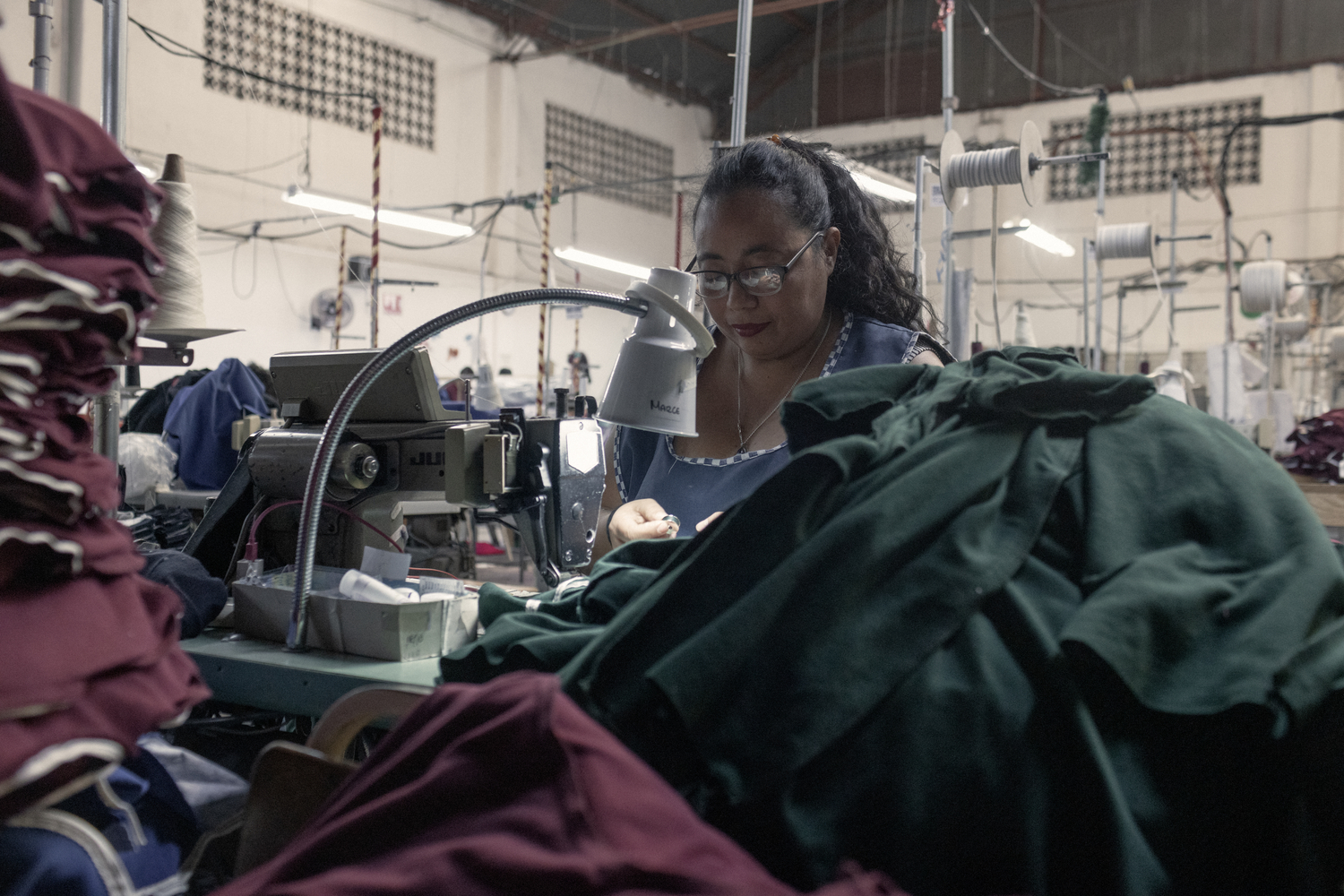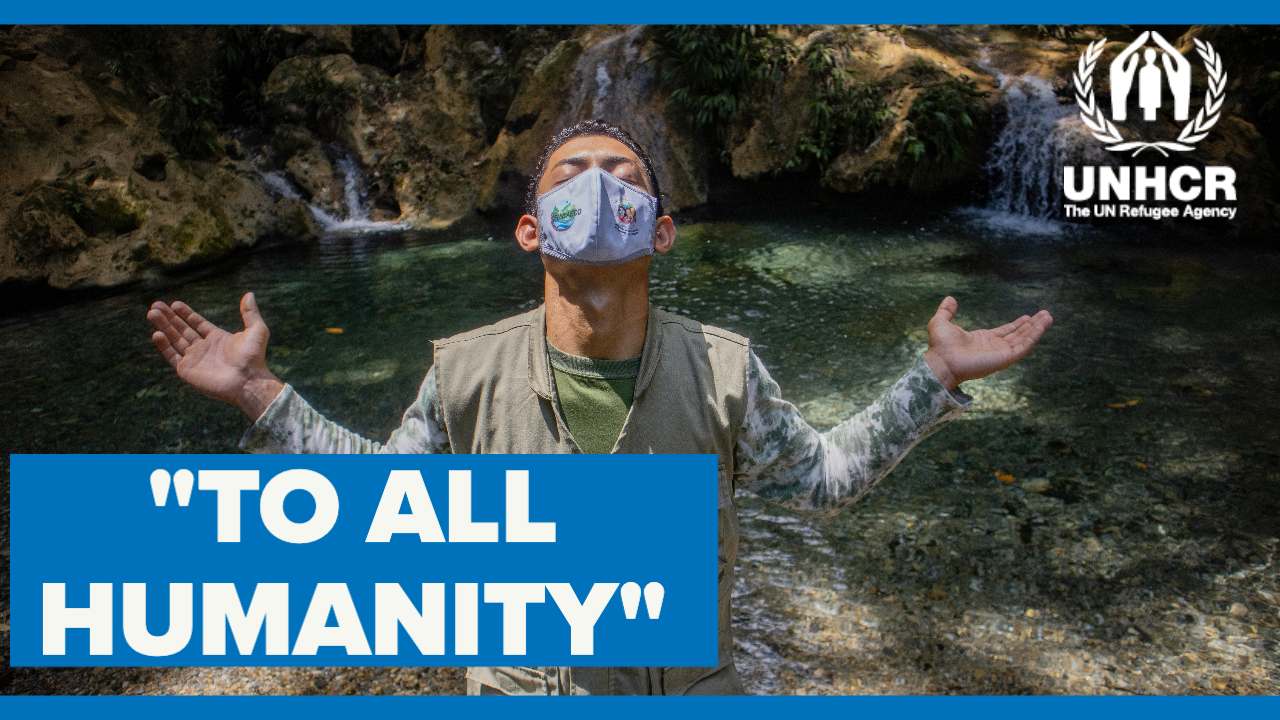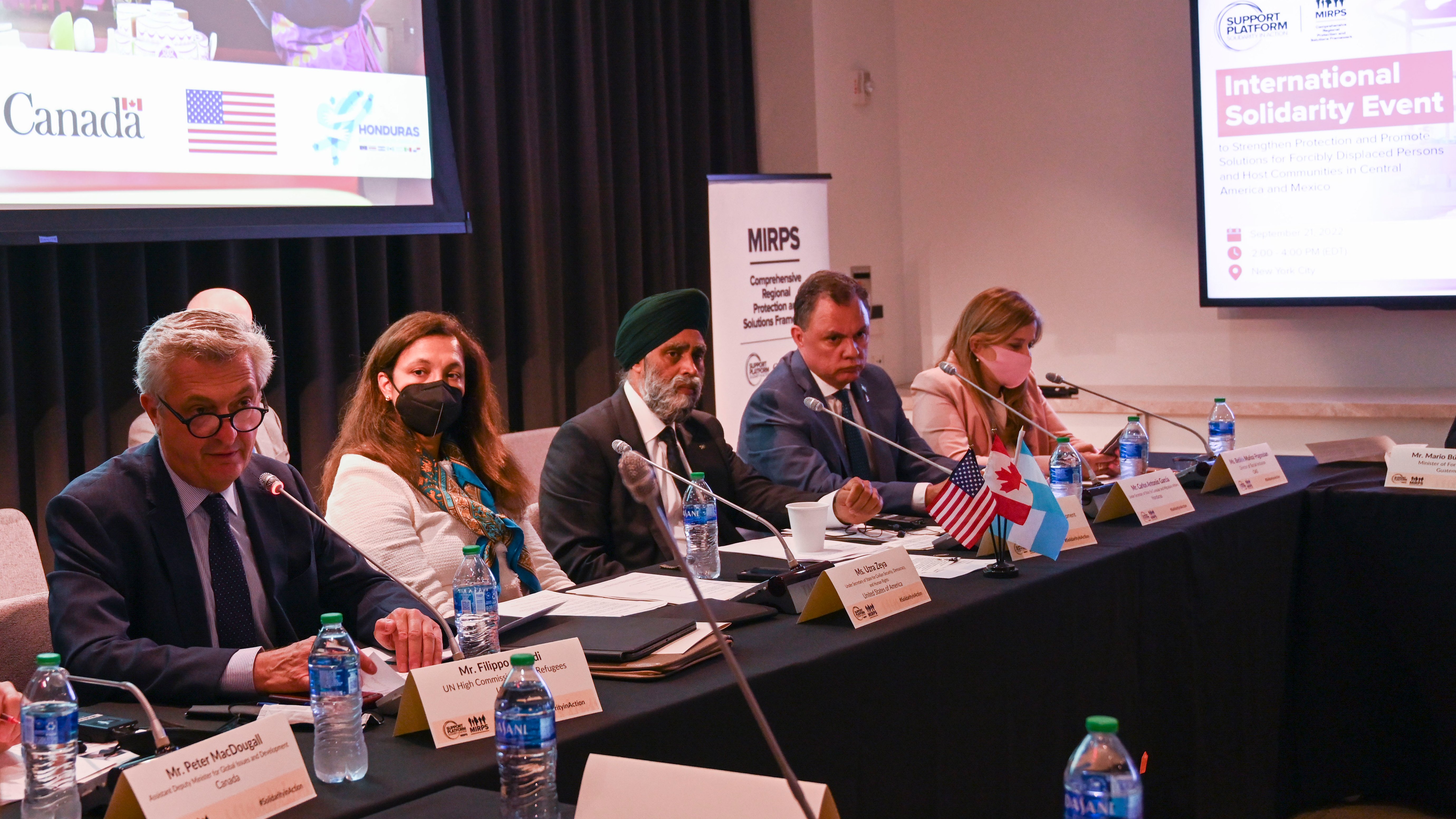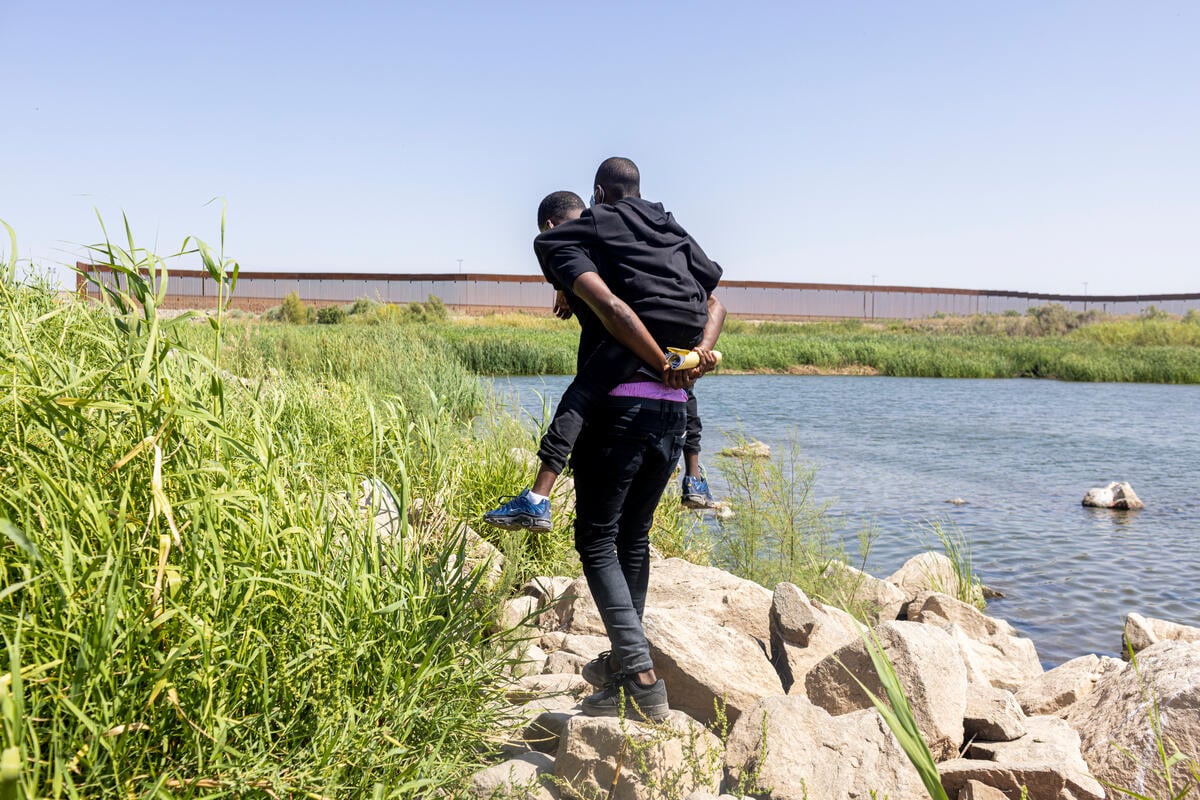"With a suitcase full of hopes and dreams"
In the end, the violence tore the rest of his family apart and forced him to flee to Guatemala.
“How I miss them and regret that they were harmed,” he says. Now safe in exile, he struggles to rebuild his life far from his wife, who stayed behind.
For others who remain in their country, violence and persecution continue to fill their everyday lives.
“I have always believed in justice. That’s why I submitted a complaint when they murdered my first son. But of a 30-year sentence, they will serve only 15," Gerardo says. "This is why I had to come to Guatemala; with fear but with a suitcase full of hope and dreams.”
This cycle of terror has forced thousands from their homes in the North of Central America. Some 245,000 people are estimated to have been forcibly displaced within El Salvador and Honduras over the past decade.
“At my age, I find it difficult to land a steady job.”
The numbers of those fleeing across borders are much higher. By the end of 2018, 353,000 refugees and asylum-seekers from North of Central America had sought protection throughout the world, a 20 per cent increase from the year before. Since 2006, 300,961 Salvadorans sought asylum somewhere in the world; 1,900 a month on average.
Gerardo was recognized as a refugee in Guatemala, a status which grants him protection from being returned to the dangers he fled and allows him to look for a formal job and live legally in the country.
Even with the right to work, he has had a tough time. “At my age, I find it difficult to land a steady job,” he says. “But at least I am safe here.”
Finding safety in Guatemala
Guatemala has mainly been a country of transit for people moving north towards Mexico or the United States, but it is also a country of origin and, increasingly, a destination.
Guatemala is part of a new inter-institutional approach to help displaced people and their host communities thrive, known as Comprehensive Regional Protection and Solutions Framework (MIRPS in Spanish). Guatemala has developed detailed national action plan that reflects its role as a country of transit, destination and return. The priority population groups are refugees, asylum-seekers, migrants and returnees with protection needs.
UNHCR works with the government to implement its plan, and provides targeted assistance to vulnerable refugees and asylum-seekers hoping to integrate in the country. At the same time, it works hand in hand with the regional protection and safe spaces network to provide shelter and assistance to people in transit, as well as information on the right to seek asylum of those feeling violence and persecution.
* Names changed for protection reasons.



